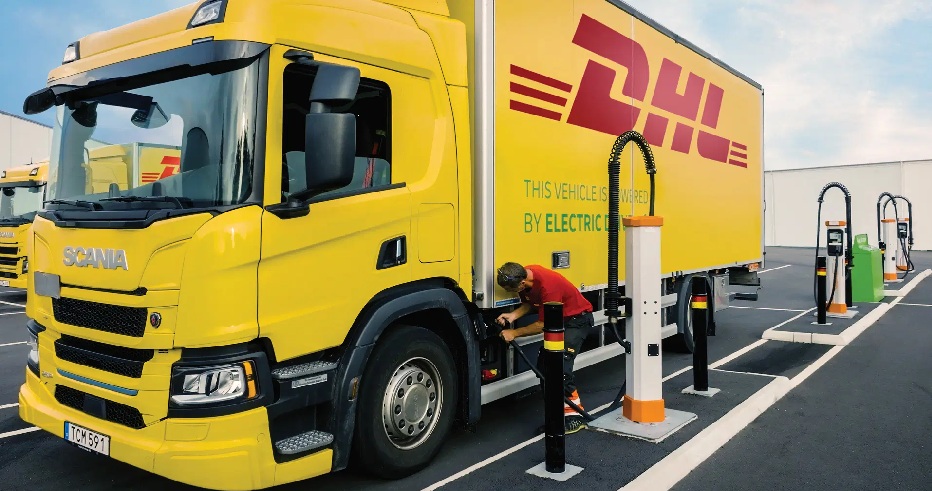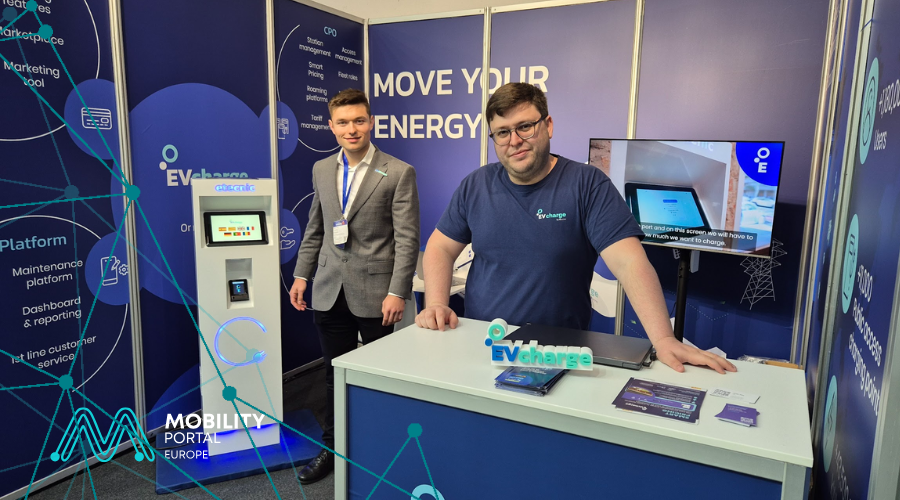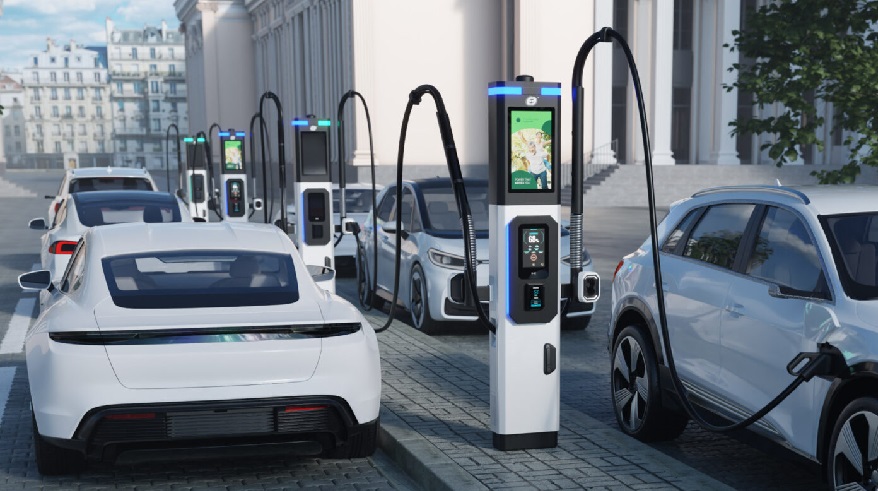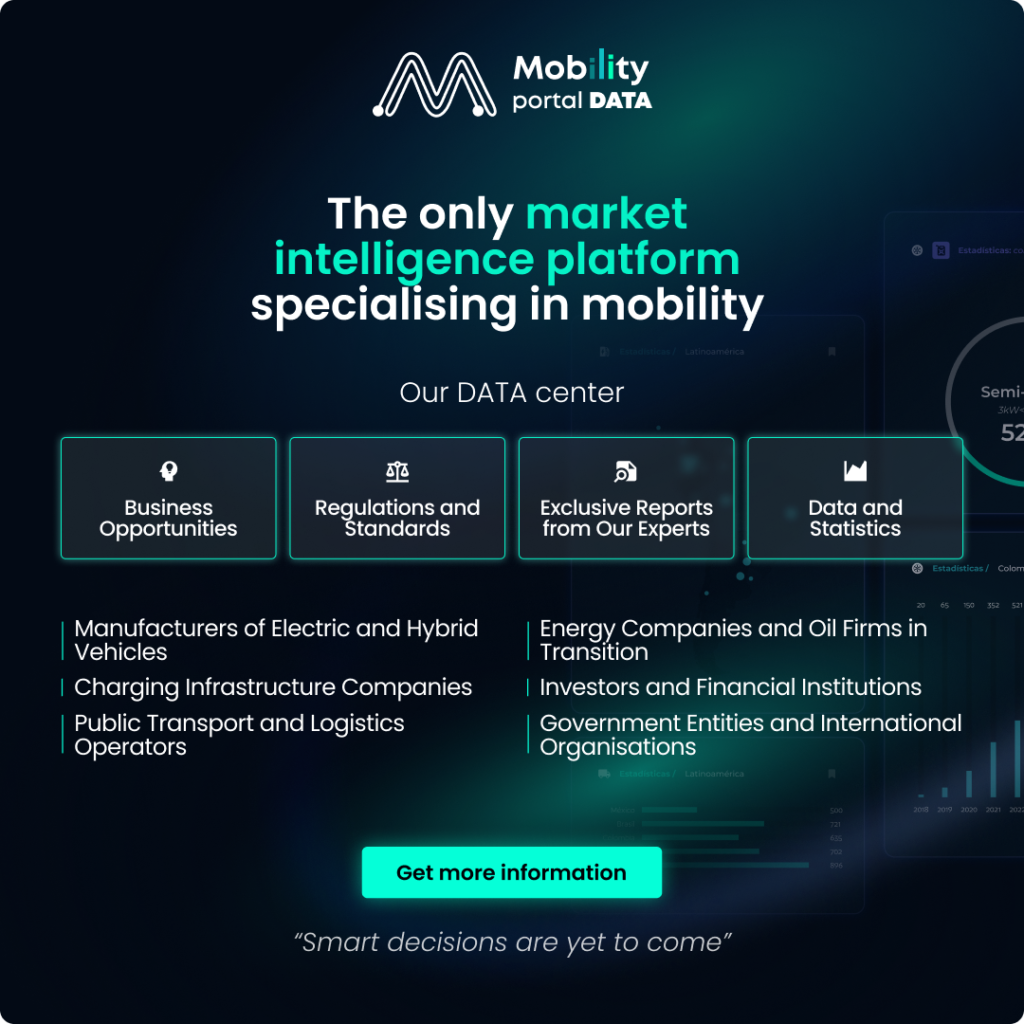The public charging infrastructure for electric vehicles (EVs) is crucial for enabling opportunity charging and facilitating long-distance travel.
However, the transition will not be able to meet the challenging targets set by the European Union (EU) without involving the public transport and freight sectors.

Therefore, to continue driving electromobility forward, it is essential to broaden the focus to include other strategic sectors.
When asked about the areas where E-Mobility funding should be directed, Oscar Sánchez, Segment Owner for Public Charging at Kempower, states:
“The Alternative Fuels Infrastructure Regulation (AFIR) is working well. The problem is that the focus is still mainly on public charging, when we should be looking beyond that.”
In this regard, he warns: “We should not forget about fleet charging and charging depots for trucks.”
During the virtual event “Voice of eMobility Leaders” organised by Mobility Portal Europe, Sánchez explained that a similar strategy to the one adopted by some countries to promote home chargers could be applied to these segments.
“In some markets, there is still the option to receive subsidies for this,” he comments.
“This could be a good way to transition to electric trucks, as most return to the depot overnight, making it the ideal time for charging.”
It is also worth noting that many subsidies are currently allocated based on the installed power per socket.
However, in practice, not all connectors are used simultaneously, or do they need to provide the same power to all connected vehicles at all times.
“This requirement will complicate things for Charge Point Operators (CPOs) who want to obtain subsidies, because they would be forced to ensure that the maximum power is always available for all sockets,” he explains.
Therefore, Sánchez believes that subsidy schemes should consider the actual usage dynamics.
“We need to find a balance between how occupied the sockets are and what the minimum power level that can be offered is. From there, prioritisation could be applied,” he argues.
For example, he suggests that vehicles that remain connected for longer periods could receive less power, thus optimising the use of infrastructure.
“We should focus on not offering higher power levels than necessary on the one hand, and on promoting charging in truck depots on the other,” he concludes.
It is worth noting that last year, Business Finland awarded ten million euros in funds for the Heavy Electric Traffic Ecosystem Programme (HETE), led by Kempower.
“This is a good example of how public funding should be managed. It’s not just about subsidising the entire process,” says Oscar Sánchez.
In the case of HETE, the funding entity requires Kempower to contribute additional resources for the development of R&D projects, thus fostering the creation of a collaborative ecosystem focused on developing solutions for heavy transport.
“What is even more valuable is that Kempower is not the only one receiving funding. Although we are the consortium leader, we are building an ecosystem with other companies, many of which we probably would never have considered as potential collaborators,” he explains.
“The positive aspect is that we have managed to bring together many companies with different competencies. As a result, we now have a complete analytical view of the challenge: it’s not just about manufacturers but also energy sector players, software developers, service providers, and more,” he comments.

Sánchez emphasises that accessing these funds was not a simple process: they had to precisely demonstrate the scope of the project, its objectives, and detail each stage of development, as well as undergo regular evaluations.
“It’s an efficient way to fund development, beyond simply handing out money,” he adds.
What Projects is Kempower Currently Working On?
Last year, Kempower partnered with Polarium, a leading developer of energy storage solutions, with the aim of boosting fast charging through advanced battery backup.
This collaboration seeks to address the growing need to improve charging capabilities for larger electric vehicles.
“We are working on more efficient integrations with battery systems to provide advanced power management services to our clients,” says Sánchez.
He also highlights that one of the key focuses is on the high-power segment:
“We are seeing significant expansion in the world of truck charging, which is why we have been working intensively on this.”
It is worth mentioning that in 2024, Kempower launched its Megawatt Charging System (MCS), a technology that continues to be constantly refined.
“You will likely see more and more projects in these two areas. They are the main focuses we are working on,” anticipates the company representative.
However, until an MCS standard is defined, products like the CCS2 MegaSatellite, offering 700A and up to 560 kilowatts of power per connector, will be the most prominent.
Kempower’s “Future-Proof” Approach: Keys to Success in Electric Truck Charging
When developing charging infrastructure for electric trucks, Kempower prioritises two key factors: the available power and the number of installed connectors.

“The idea is to enable progressive growth according to demand, meaning the infrastructure is future-proof,” explains Ignasi Casas Serra, Sales Manager for Commercial Fleet in Spain and Portugal at Kempower.
However, the challenges facing the sector are evident.
In 2024, only 125 heavy-duty electric trucks were incorporated in Spain, a figure that reflects the slow adoption of this technology compared to initial expectations.
This evolution contrasts with the ambitious goals set by the European Union, which aims for a 45% reduction in CO₂ emissions from freight transport by 2030. A significant challenge given the current pace.
“To tackle these challenges, we believe it is essential to have flexible and scalable infrastructures. That’s the mantra at Kempower,” emphasises Ignasi Casas.
The company offers solutions that allow for both increased power and the number of chargers available without needing to replace the already installed infrastructure.
This adaptability is crucial to support the growth of the electric truck fleet.
“It’s essential to understand the specific use case of each client to offer a truly personalised solution,” he adds.
Kempower’s goal is clear: to enable logistics operators to integrate electric trucks into their operations without requiring drastic changes to the way they work. And if adjustments are needed, they should be minimal.
“Only in this way do we believe an effective transition can be achieved,” concludes the company representative.
READ MORE
-
From Spain to Mexico, the US and Turkey: How EVcharge is expanding its white-label software for CPOs worldwide
EVcharge is fast-tracking its international presence with a value proposition based on flexibility, scalability and regulatory compliance. As the Spanish eMobility tech company consolidates its global expansion, Juanma Pérez Thompson, Business Unit Manager, shares exclusive insights with Mobility Portal Europe.
-
De España a México, EE. UU. y Turquía: así EVcharge lleva su software white-label a los CPOs del mundo
EVCharge acelera su presencia internacional con una propuesta de valor enfocada en flexibilidad, escalabilidad y cumplimiento normativo. Así, la tecnología eMobility española consolida su expansión global y Juanma Pérez Thompson, Business Unit Manager de la firma, adelanta las clave para este proceso.
-
Poland Accelerates Charging Infrastructure Expansion with 50% Year-on-Year Growth
Poland is expanding its charging network with a notable increase in May 2025. However, two provinces stand out in terms of charger concentration, while none of the remaining 14 has more than 500 installations. How does this progress align with the AFIR targets?










